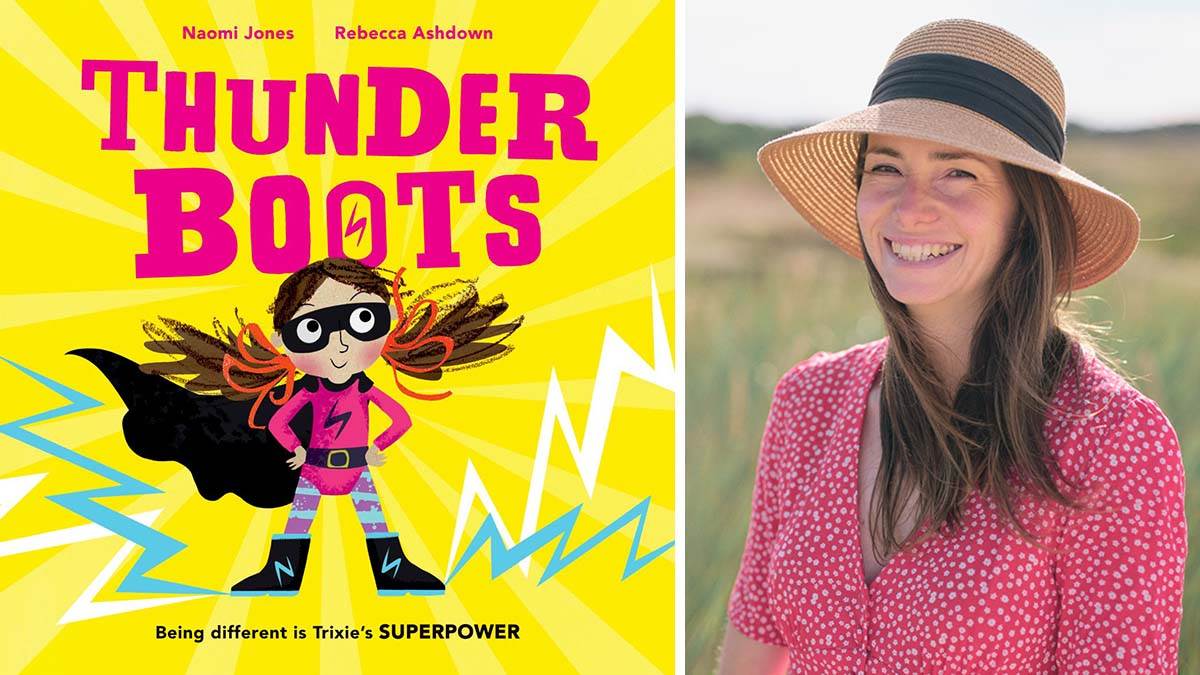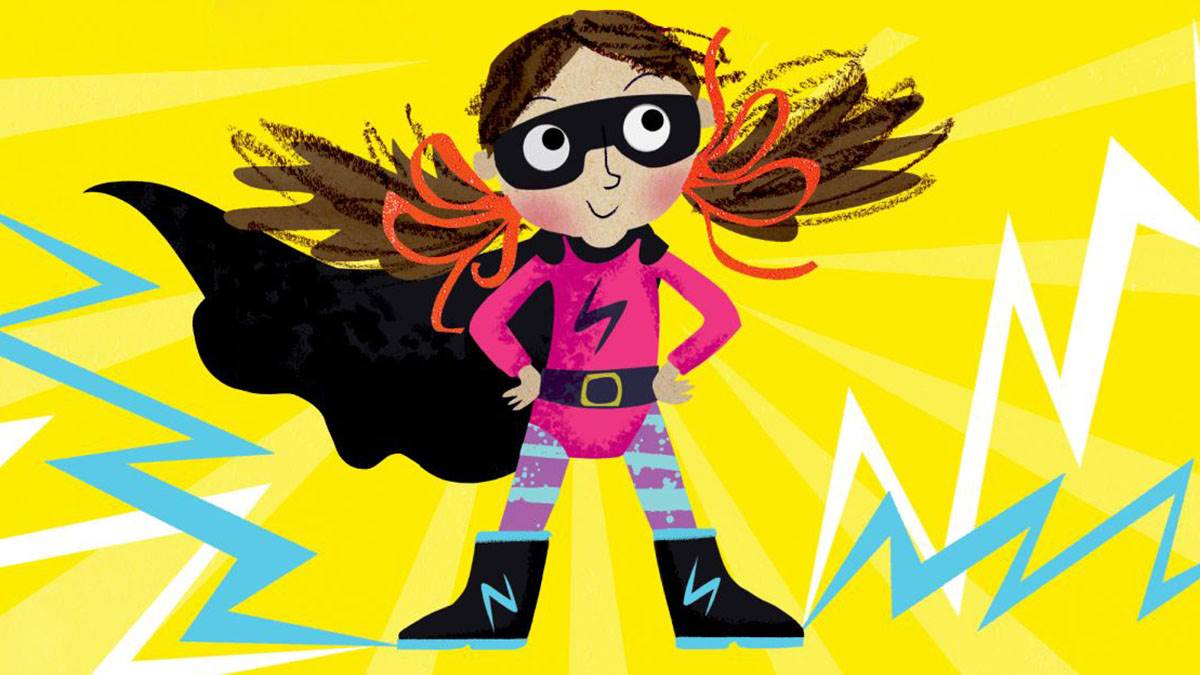The importance of positive portrayals of dyslexic children in books
Published on: 09 June 2023 Author: Naomi Jones
Thunderboots author Naomi Jones explains the difference it can make when dyslexic children are represented in a positive light in books.

I was diagnosed with dyslexia when I was 21 and halfway through an English degree at university.
I had no idea before then that I might be dyslexic, although looking back I can see I'd just developed strategies to help me cope with my work at school. Having an official diagnosis from the Educational Psychologist was a relief in so many ways - it helped me understand how my brain works and what my strengths and weaknesses are.
After I graduated, I worked in publishing in London for eight years. I didn't ever mention my dyslexia, because some people still have a perception that being dyslexic means you're less intelligent. I will never forget that on the day I was officially diagnosed, I came home to tell my housemate, who said, 'Oh, but you're not stupid at all.'
I've always loved books and always wanted to be a children's author. I didn't know I was dyslexic when I was younger so I never considered it to be a barrier. But I'm aware that some people might think being dyslexic means you can't be a writer or work in publishing. Of course that's not true - it shouldn't stop you doing anything.
I always make a point of mentioning to children at events that I'm dyslexic because I think it's important to see authors who are. Just like I think it's important to read books about characters who think differently too. The stories we read should reflect the real world around us.
Creating a heroine with dyslexia

My new book Thunderboots is about a little girl called Trixie who can't wait to start school. But when she does, she finds reading and writing much harder than her friends. She eventually learns that being different can be a superpower.
Thunderboots was my grandpa's nickname for me as a child, and I am so proud of this book. My editors at Oxford Children's Press consulted the British Dyslexia Association and the Unicorn School in Abingdon, a specialist dyslexia school, to ensure it sensitively and accurately represented a child's experience of dyslexia.
The illustrator Rebecca Ashdown also has a husband and daughter who are dyslexic and I think her personal experience really helped bring Trixie and her story to life.
Like any neurodivergent condition, there is no standard experience of dyslexia. Trixie's experience, and my experience, will not be the same as any of the rest of the 10% of the population who it's estimated are also dyslexic. My favourite spread in Thunderboots is the one where Trixie and her friends realise that they're all good at different things.
None of us is the same, or think the same way as anyone else, regardless of whether we are neurodivergent. I think it is so important for everyone, especially children, to celebrate what it is that makes us each special.
Celebrating our strengths and differences
There is sometimes a trope that portrays people with disability as a superhero of some kind instead of just an ordinary person going about their life. In the case of Thunderboots, though, I wanted to challenge the perception that dyslexia is something negative.
I am so proud to be dyslexic, and wanted a character who felt the same. I wanted to write a story that celebrates our strengths, whatever they may be. Maybe you're the best at dancing, or jumping or drawing, or reading. It doesn't matter, because everyone is good at something.
My advice to anyone reading this who is dyslexic or has a dyslexic child is just that – to focus on the things that you're amazing at. Develop them to build self-confidence and joy. I do also think seeking professional guidance from an Educational Psychologist is worth it too - there is power that comes from understanding where our strengths and weaknesses lie.
In Thunderboots, Trixie learns that being different is a superpower. I think that reading books about characters who think differently is pretty powerful too, and I hope that everyone enjoys meeting Trixie as much as I enjoyed writing her story.
Thunderboots by Naomi Jones and Rebecca Ashdown is out now.
Books to try
We've put together lists of brilliant books featuring characters with dyslexia and books which are particularly dyslexia-friendly.
Books featuring characters with dyslexia
We've put together a list of brilliant books which feature characters with dyslexia.
Dyslexia-friendly books
This list aims to provide a range of books that may appeal to young people, aged 7+, with reading difficulties.







